Home>Garden Essentials>Garden Storage>How To Create A Wardrobe
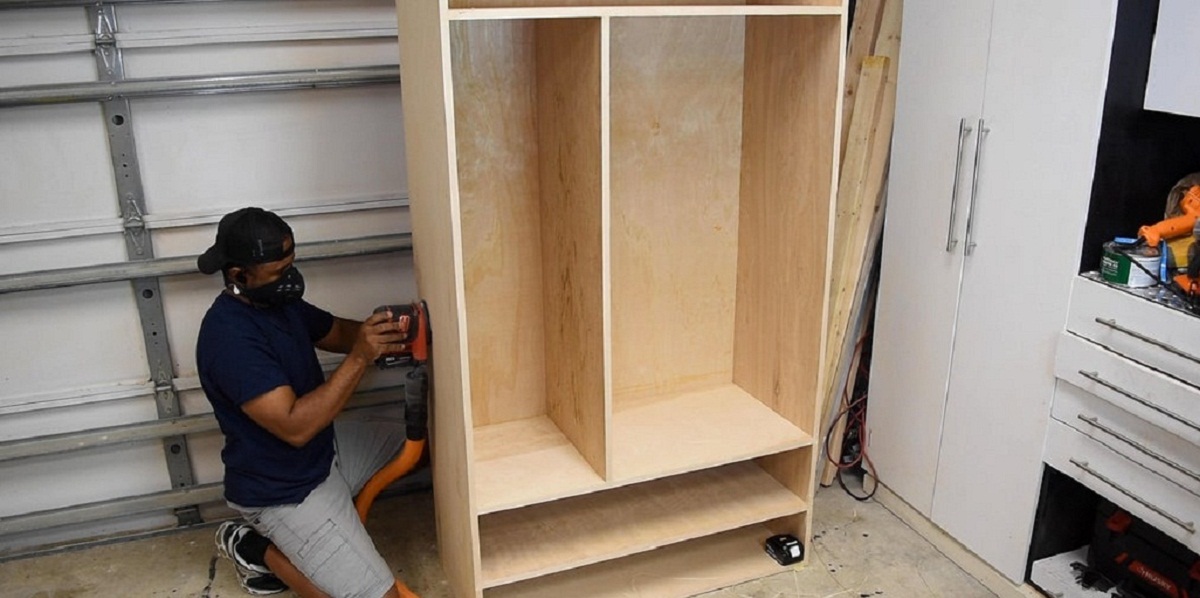

Garden Storage
How To Create A Wardrobe
Modified: March 1, 2024
Learn how to create a functional and organized wardrobe with effective storage solutions. Maximize space and keep your belongings neat and accessible.
(Many of the links in this article redirect to a specific reviewed product. Your purchase of these products through affiliate links helps to generate commission for Storables.com, at no extra cost. Learn more)
Introduction
Creating a well-curated and organized wardrobe is a goal many of us aspire to achieve. Whether you’re a fashion enthusiast or simply looking to streamline your clothing collection, having a wardrobe that suits your needs and reflects your style is essential. An organized wardrobe not only saves you time when getting ready, but it also promotes a sense of clarity and confidence in your personal style.
In this article, we will guide you through the process of creating a wardrobe that is both functional and fashionable. We will provide you with practical tips and actionable steps to help you assess your needs, declutter your current wardrobe, determine your style and color palette, build a core wardrobe, add trendy pieces and accessories, maximize storage space, and maintain and update your wardrobe over time.
Whether you’re starting from scratch or looking to refresh your existing wardrobe, this guide will empower you to create a wardrobe that not only reflects your personal style but also allows for seamless and stress-free outfit choices every day.
Key Takeaways:
- Assess your needs, declutter, and build a core wardrobe with timeless pieces to create a functional and stylish wardrobe that reflects your personal style and suits your lifestyle.
- Stay current by adding trendy pieces and accessories while maximizing storage space and maintaining your wardrobe for a seamless and stress-free outfit selection every day.
Read more: How To Create A Spring Capsule Wardrobe
Step 1: Assessing Your Needs
Before diving into the process of creating your wardrobe, it’s important to first assess your needs. Take some time to analyze your lifestyle, daily activities, and the occasions you typically dress for. This will help you identify the types of clothing and accessories that are essential for your wardrobe.
Consider factors such as your professional requirements, any specific dress codes you need to adhere to, and your personal preferences. For example, if you work in a corporate environment, you may need a collection of formal attire such as tailored suits and blouses. On the other hand, if your workplace is more casual, you might focus on building a wardrobe with versatile separates.
Next, think about your social life and any special events you attend regularly. Do you frequently attend parties or weddings? Are you an active participant in sports or outdoor activities? Taking these factors into account will help you determine the additional clothing and accessories you may need.
It’s also important to consider your climate and the seasons you experience. If you live in a region with distinct changes in weather, your wardrobe should accommodate the different seasons, such as colder outerwear for winter or lighter fabrics for summer.
Once you have a comprehensive understanding of your needs, make a list of the types of clothing and accessories that align with your lifestyle and activities. This list will serve as a guide throughout the rest of the wardrobe creation process.
Remember, the key is to create a wardrobe that is tailored to your specific needs and preferences. By assessing your needs from the start, you can ensure that your wardrobe is functional, practical, and well-suited to your lifestyle.
Step 2: Decluttering and Organizing
Now that you’ve assessed your needs and identified the items that are essential for your wardrobe, it’s time to declutter and organize your existing clothing collection. This step is crucial as it allows you to create space for new items and ensures that your wardrobe is filled with pieces that you love and actually wear.
Start by taking everything out of your closet and laying it out on your bed or a clean surface. This will give you a clear visual of your entire wardrobe and make it easier to assess each item individually.
As you go through each item, ask yourself the following questions:
- Have I worn this in the past year?
- Does it still fit me well?
- Is it in good condition, or does it require repairs?
- Does it align with my personal style and the image I want to project?
Be honest with yourself and be willing to let go of anything that no longer serves you. If an item doesn’t meet the criteria listed above, it’s time to say goodbye to it.
Sort the items into three categories: keep, donate/sell, and toss. The keep pile should only include items that you truly love, that fit you well, and that are in good condition. The donate/sell pile can include items that are still in good condition but no longer serve you. And finally, the toss pile should include items that are worn out or beyond repair.
After you’ve sorted everything, it’s time to organize your keep pile back into your closet. Consider organizing your clothing by category, such as tops, bottoms, dresses, and outerwear. Within each category, you can further subdivide by color or style if you prefer.
Invest in good quality hangers, storage boxes, and dividers to keep everything neatly arranged. This will make it easier to find what you’re looking for and maintain the organization of your wardrobe in the long run.
By decluttering and organizing your wardrobe, you’ll create a more streamlined and efficient space. Plus, you’ll have a clearer view of what you actually own, making it easier to see any gaps that need to be filled with new additions.
Step 3: Determining Your Style and Color Palette
Understanding your personal style and defining a cohesive color palette for your wardrobe is essential in creating a wardrobe that truly reflects your individuality. By determining your style and color preferences, you can make more informed choices when selecting new pieces and ensure that everything in your wardrobe works harmoniously together.
Start by exploring different fashion styles and aesthetics. Look for inspiration in magazines, fashion blogs, and social media platforms such as Pinterest or Instagram. Pay attention to the outfits and looks that resonate with you the most. Consider the silhouettes, patterns, and overall vibe that you’re drawn to.
Once you have a sense of the styles you gravitate towards, it’s time to evaluate your current wardrobe. Take a close look at the pieces you kept during the decluttering process. Do you notice any recurring patterns or themes? Are there specific colors, prints, or cuts that you tend to favor?
Identifying these patterns will give you insights into your personal style. It will help you understand what you feel most comfortable and confident in and guide you in making consistent choices moving forward.
Next, determine your preferred color palette. Consider the colors that flatter your complexion and make you feel your best. Think about whether you prefer neutral tones or if you’re drawn to bold, vibrant hues.
Having a cohesive color palette in your wardrobe will make it easier to mix and match pieces and create a harmonious look. It will also ensure that everything in your wardrobe complements each other, allowing for more versatility and maximizing outfit options.
To determine your color palette, you can start by analyzing the colors of the clothes you kept during the decluttering process. Note any color trends and identify the shades that you feel the most comfortable wearing.
It’s important to remember that finding your personal style and color palette is an ongoing process. Your style may evolve over time, and that’s completely normal. Allow yourself to experiment and try new things while staying true to your authentic self.
By defining your personal style and color palette, you will have a clear vision of the types of clothing and color schemes that reflect your individuality. This will guide your future purchases and make it easier to create cohesive and stylish outfits.
Step 4: Building a Core Wardrobe
Now that you have assessed your needs, decluttered your wardrobe, and determined your personal style and color palette, it’s time to build the foundation of your wardrobe – the core pieces. These are the timeless and versatile items that you will rely on for various occasions and can be easily mixed and matched with other pieces in your collection.
Start by focusing on the essentials. These are staple pieces that form the building blocks of your wardrobe and can be worn for multiple seasons and occasions. Some key items to consider include:
- A well-fitting pair of jeans
- A tailored blazer
- A crisp white button-down shirt
- A little black dress
- A versatile sweater or cardigan
These pieces serve as the backbone of your wardrobe and can be dressed up or down depending on the occasion. When selecting these core pieces, opt for high-quality fabrics and timeless designs that will stand the test of time.
Once you have the essential basics, you can start building around them with additional items that suit your personal style and lifestyle. For example, if you work in a professional setting, you might want to invest in a few tailored skirts or trousers. If you have an active lifestyle, consider adding comfortable athleisure wear or functional outerwear.
Remember to choose pieces that complement your color palette and fit seamlessly into your existing collection. This will ensure that everything in your wardrobe can be mixed and matched effortlessly, allowing for endless outfit combinations.
As you build your core wardrobe, it’s important to prioritize quality over quantity. Invest in pieces that are well-made and will last for years to come. This will save you money in the long run and prevent fast fashion items from cluttering your wardrobe.
Building a core wardrobe is an ongoing process. It’s not something that happens overnight, so be patient and take your time to curate a collection of pieces that truly resonate with you and align with your personal style.
By building a solid foundation of versatile and timeless pieces, you’ll have a wardrobe that can be relied upon for any occasion. These core items will serve as the basis for creating a variety of stylish outfits, making getting dressed a breeze.
When creating a wardrobe, start by assessing your lifestyle and the types of clothing you need. Focus on versatile, timeless pieces that can be mixed and matched for different looks.
Read more: How To Build A Wardrobe
Step 5: Adding Trendy Pieces and Accessories
While building a core wardrobe with timeless pieces is crucial, it’s also important to have fun and stay current by incorporating trendy pieces and accessories. These are the items that add flair and personality to your outfits, allowing you to express your individual style and stay on-trend.
When it comes to adding trendy pieces, it’s crucial to choose items that resonate with your personal style and complement your core wardrobe. Trends come and go, so it’s important to be selective and invest in pieces that you truly love and that align with your overall aesthetic.
Start by researching current fashion trends. Look at fashion magazines, fashion influencers, and runway shows to get a sense of what’s popular at the moment. Identify the trends that you feel drawn to and that you can see yourself incorporating into your outfits.
When adding trendy pieces, consider items such as statement tops, on-trend prints, unique silhouettes, or fashionable accessories like belts, bags, and shoes. These pieces can instantly elevate your outfit and give it a fresh and modern twist.
Accessories play a crucial role in completing your look and adding a personal touch. Experiment with different accessories like statement jewelry, scarves, hats, and sunglasses to enhance your outfits and showcase your style. Accessories are an easy and affordable way to stay current and experiment with different trends without committing to a full wardrobe overhaul.
Remember, trends come and go, so it’s important not to go overboard and fill your wardrobe with too many trendy items. The goal is to strike a balance between timeless pieces and on-trend items to create a stylish and versatile collection.
By adding trendy pieces and accessories to your wardrobe, you can stay current and inject your personal style into your outfits. These pieces allow you to experiment with different trends while maintaining the foundation of your core wardrobe.
Step 6: Maximizing Storage Space
Having an organized and efficient storage system is essential for maintaining a functional wardrobe. Maximizing storage space not only allows you to keep your clothing and accessories easily accessible but also helps you make the most of your available space.
Here are some tips to help you maximize your storage space:
- Utilize Closet Organizers: Invest in closet organizers such as shelves, hanging organizers, or drawer dividers. These can help you categorize and separate your items, making it easier to find what you need and save space.
- Use Vertical Space: Take advantage of vertical space by adding additional shelving or hanging hooks on the walls of your closet. This will provide extra storage for items like handbags, hats, or scarves.
- Consider Underbed Storage: If you have space under your bed, use it to store off-season clothing or items you don’t need regularly. Invest in underbed storage containers or vacuum-sealed bags to keep them protected and maximize space.
- Get Creative with Storage Solutions: Look for unique storage solutions that can help you maximize space in unconventional areas. For example, use a shoe organizer on the back of your closet door to store small accessories or hang a pegboard on the wall to hang jewelry or belts.
- Purge Regularly: Regularly declutter and remove items that you no longer use or wear. This will free up space and ensure that your wardrobe remains organized and efficient.
- Consider Alternate Storage Options: If your closet space is limited, explore alternative storage options such as garment racks, clothing rails, or external wardrobe units. These can provide additional storage space and keep your wardrobe organized and accessible.
Remember, the key to maximizing storage space is to be intentional with what you keep in your wardrobe. Only keep items that you truly love, wear regularly, and serve a purpose in your wardrobe. The more streamlined your collection, the easier it will be to organize and make the most of your available space.
By implementing these storage solutions and regularly assessing your wardrobe, you can maximize your storage space and keep your clothing and accessories well-organized and easily accessible.
Step 7: Maintaining and Updating Your Wardrobe
Creating a well-curated wardrobe is an ongoing process that requires regular maintenance and updates. It’s important to take care of your clothing and accessories to ensure they last longer and remain in good condition. Additionally, periodically assessing and updating your wardrobe helps to keep it current and aligned with your changing style and lifestyle.
Here are some tips to help you maintain and update your wardrobe:
- Care for Your Clothing: Follow the care instructions on the labels of your garments. Properly washing, drying, and storing your clothes helps to preserve their quality and extend their lifespan.
- Repair or Alter: If you have items that need minor repairs or alterations, take the time to fix them. This will help you get more wear out of your favorite pieces and save money on replacing them.
- Evaluate Your Wardrobe Seasonally: Each season, take a look at your wardrobe and assess what items you no longer wear or need. Set aside the items that are out of season or no longer align with your style and consider donating or selling them.
- Identify Gaps: As you wear and evaluate your wardrobe, pay attention to any missing pieces or areas that need improvement. Keep a running list of items you would like to add to your wardrobe and prioritize them based on your needs and budget.
- Stay Inspired: Continuously seek inspiration from fashion magazines, online platforms, and even people-watching. This will help you stay informed about current trends and discover new ways to style your existing pieces.
- Shop Mindfully: When adding new items to your wardrobe, be mindful of the quality and versatility of the pieces. Avoid impulse purchases and opt for items that complement your existing collection and align with your personal style and needs.
- Experiment and Have Fun: Your wardrobe is a reflection of your personal style, so don’t be afraid to try new things and step outside of your comfort zone. Mix and match different pieces, play with patterns, and experiment with different outfit combinations.
Maintaining and updating your wardrobe is an ongoing process that requires time, effort, and intentionality. By caring for your clothes, regularly evaluating and updating your collection, and staying inspired, you can ensure that your wardrobe remains functional, stylish, and reflective of your personal style.
Remember, the goal is to create a wardrobe that not only meets your needs but also brings you joy and confidence. Enjoy the process and the journey of building and refining your wardrobe over time.
Conclusion
Creating and maintaining a well-curated wardrobe is a journey that starts with assessing your needs and ends with a collection of clothes and accessories that align with your personal style and lifestyle. By following the steps outlined in this guide, you can build a wardrobe that is both functional and fashionable.
Assessing your needs helps you identify the types of clothing and accessories that are essential for your wardrobe. This ensures that you have the right pieces for your lifestyle and occasions you commonly dress for.
Decluttering and organizing your wardrobe allows you to create space for new items and keep your collection well-organized. By letting go of items that no longer serve you, you make room for pieces that bring you joy and reflect your style.
Determining your style and color palette gives you a clear vision of your personal style and helps you make more informed choices when selecting new pieces. It ensures that your wardrobe is cohesive and allows for easy mix-and-match possibilities.
Building a core wardrobe with timeless and versatile pieces provides a solid foundation for your collection. These essential basics can be dressed up or down, forming the basis for a variety of stylish outfits.
Adding trendy pieces and accessories allows you to stay current and express your individuality. Select trendy items that resonate with your personal style and complement your core wardrobe to keep your style fresh and modern.
Maximizing storage space ensures that your wardrobe is well-organized and your items are easily accessible. Utilize closet organizers, utilize vertical space, and regularly declutter to create an efficient and organized storage system.
Maintaining and updating your wardrobe is an ongoing process. Take care of your clothing, regularly assess your collection, and make updates to keep your wardrobe current and aligned with your evolving style and needs.
In conclusion, a well-curated wardrobe is a reflection of your personal style and an essential tool for everyday dressing. By following the steps outlined in this guide, you can create a wardrobe that is not only practical, but also brings you joy and confidence every time you get dressed.
Frequently Asked Questions about How To Create A Wardrobe
Was this page helpful?
At Storables.com, we guarantee accurate and reliable information. Our content, validated by Expert Board Contributors, is crafted following stringent Editorial Policies. We're committed to providing you with well-researched, expert-backed insights for all your informational needs.
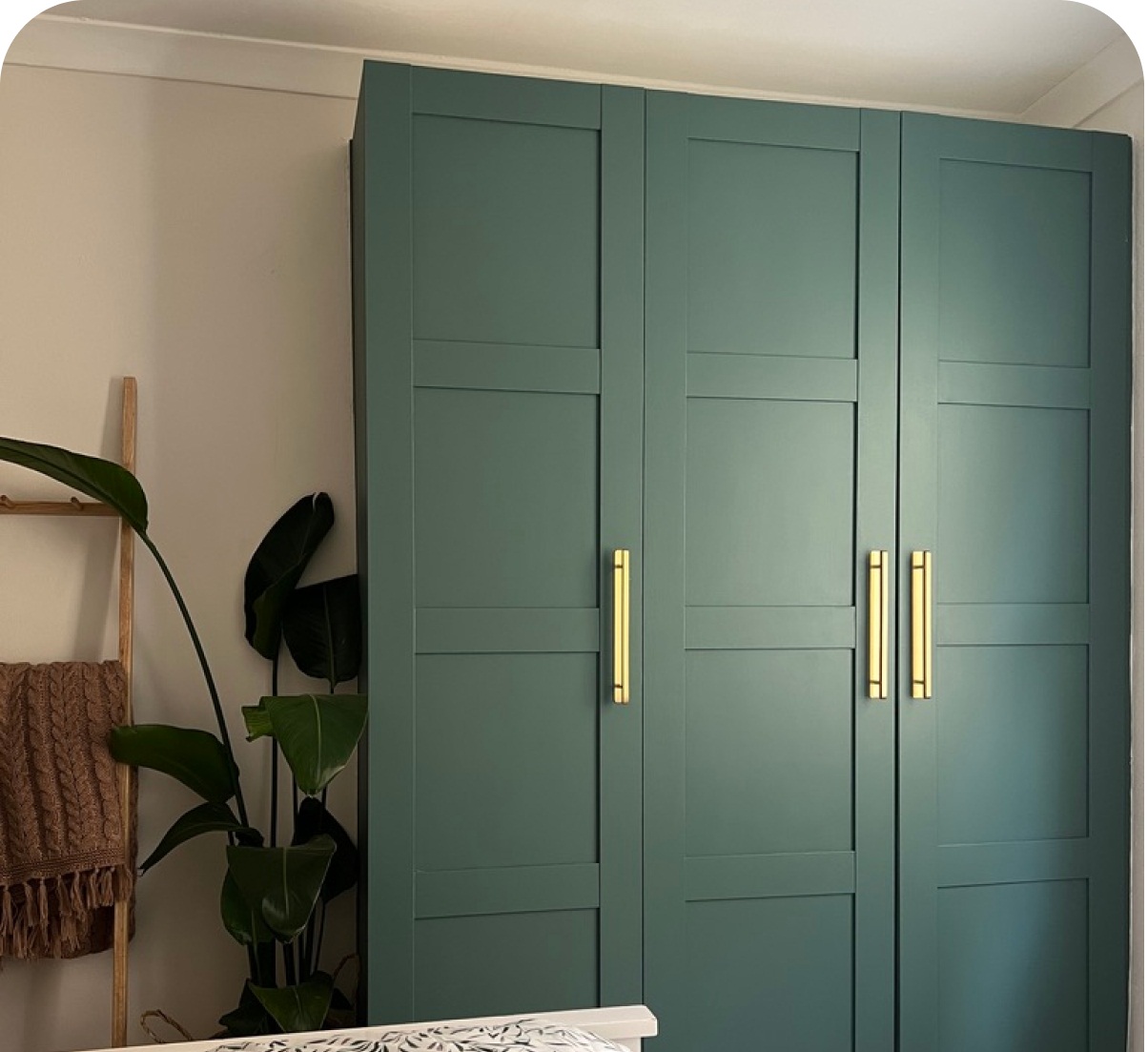
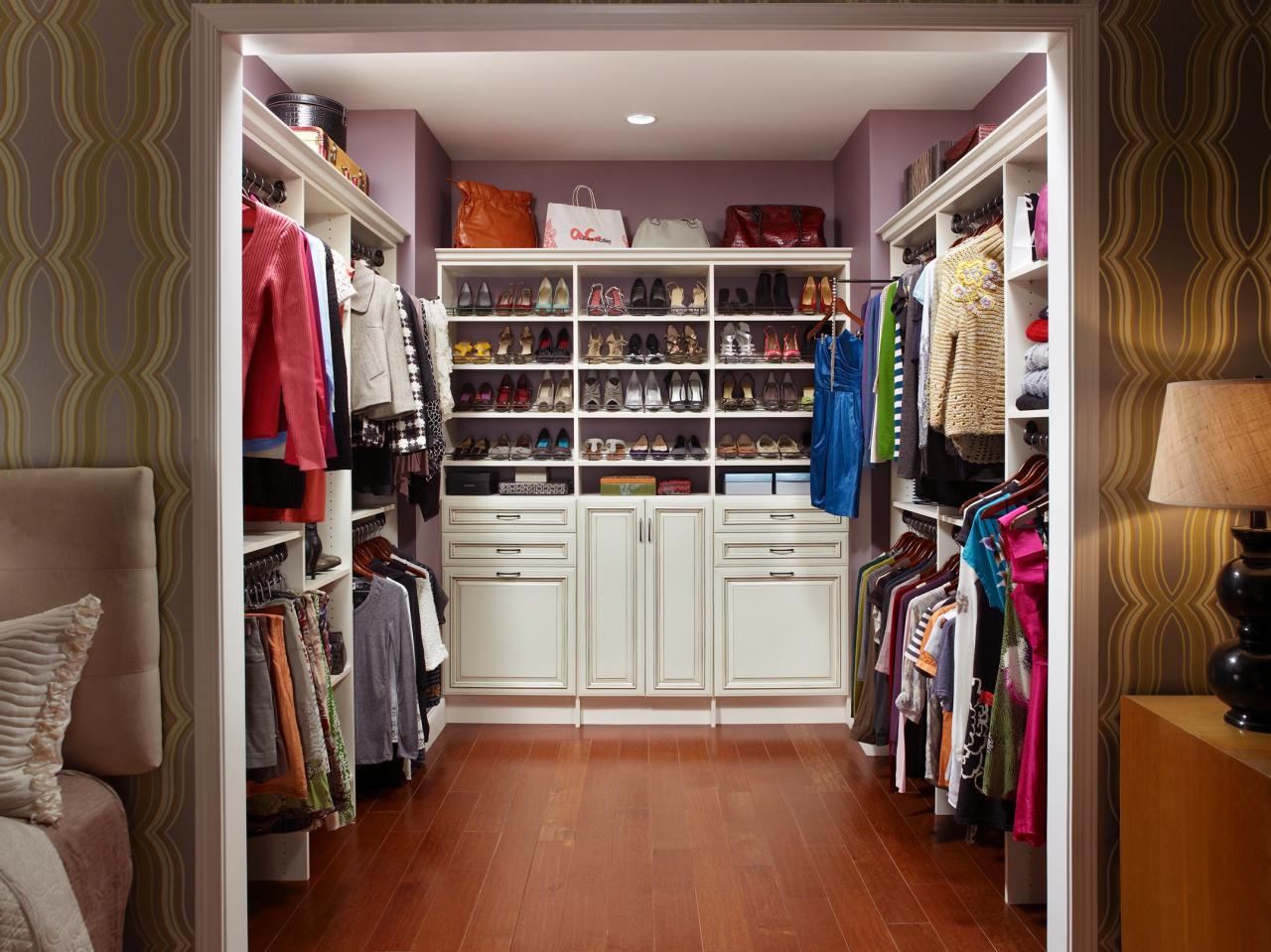
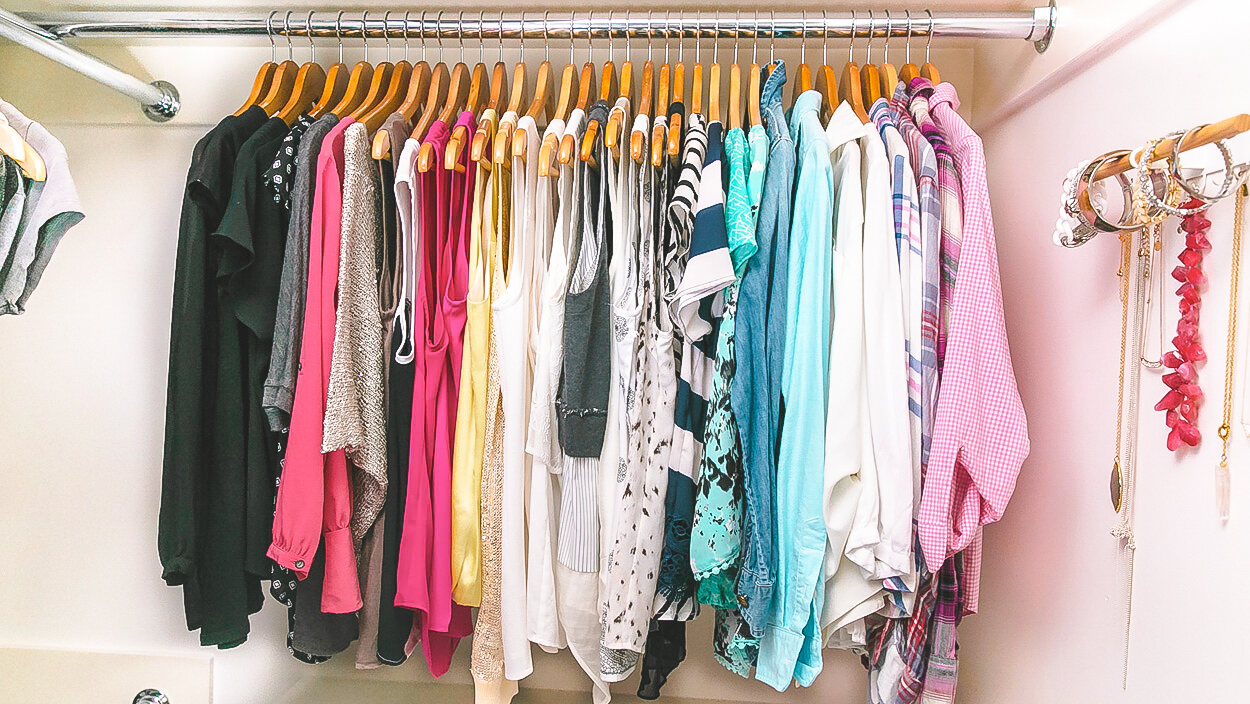

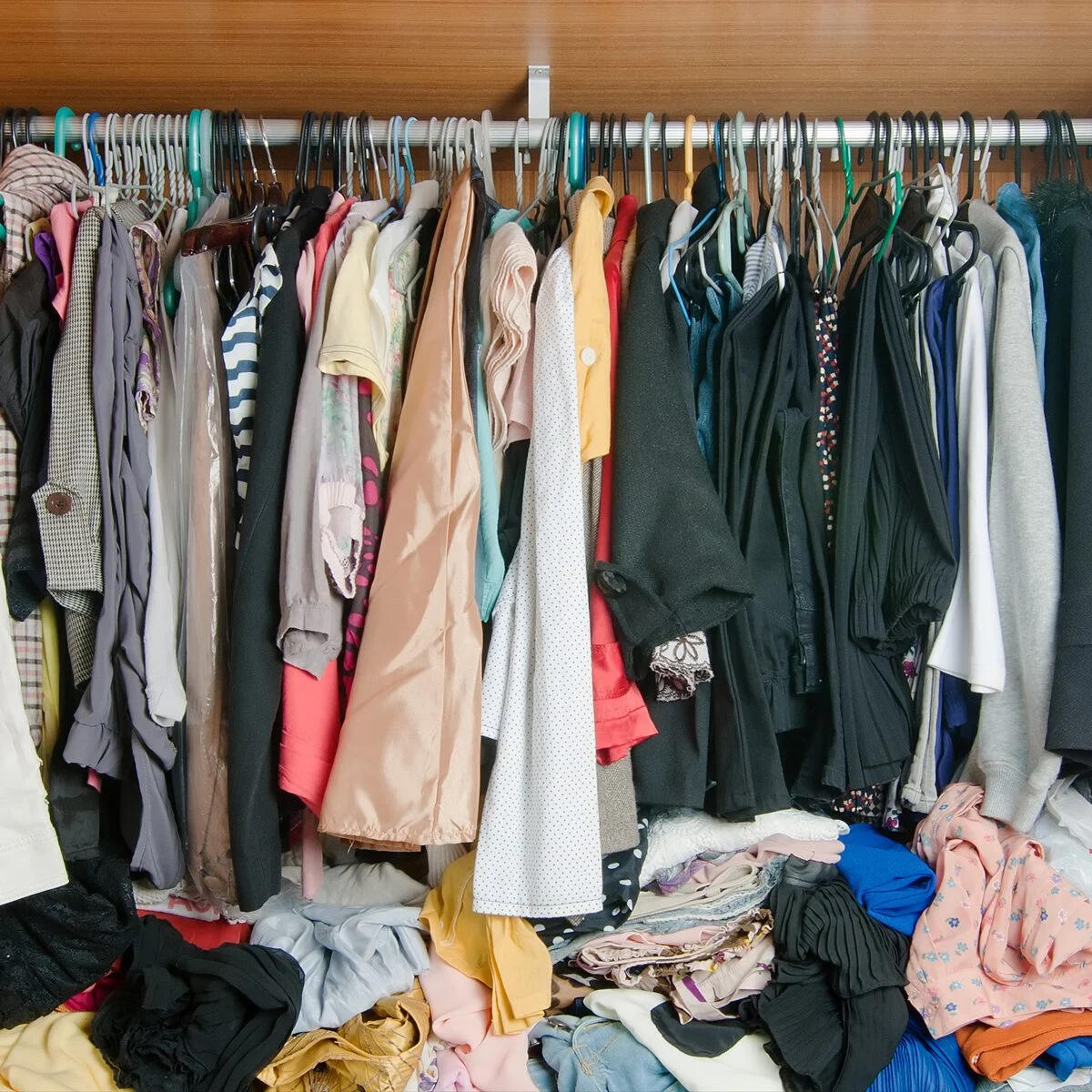
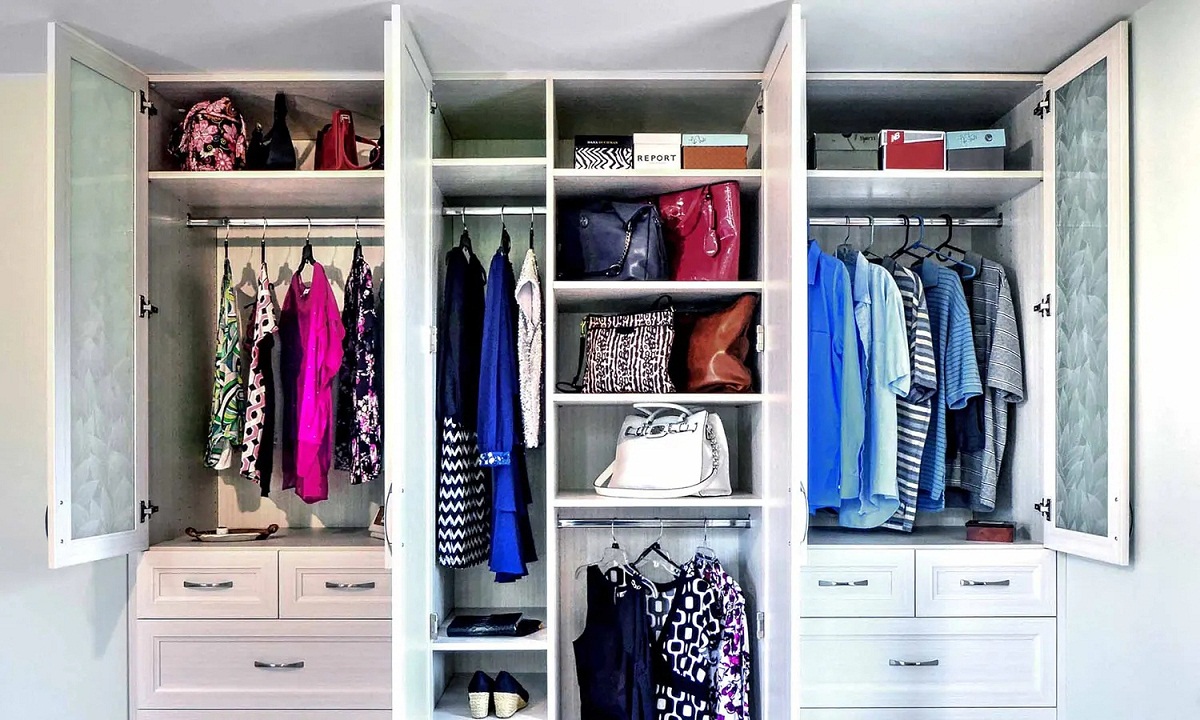

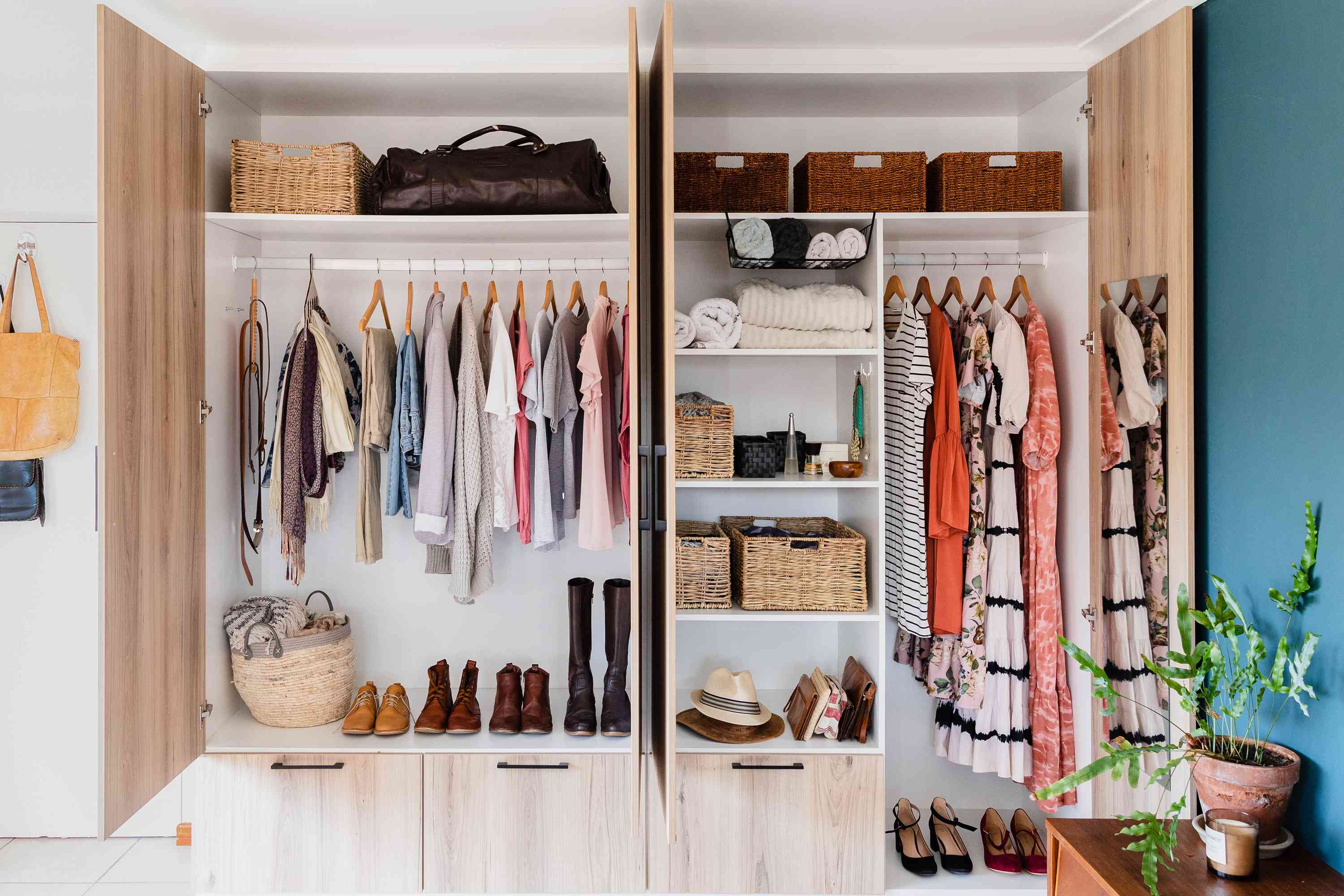
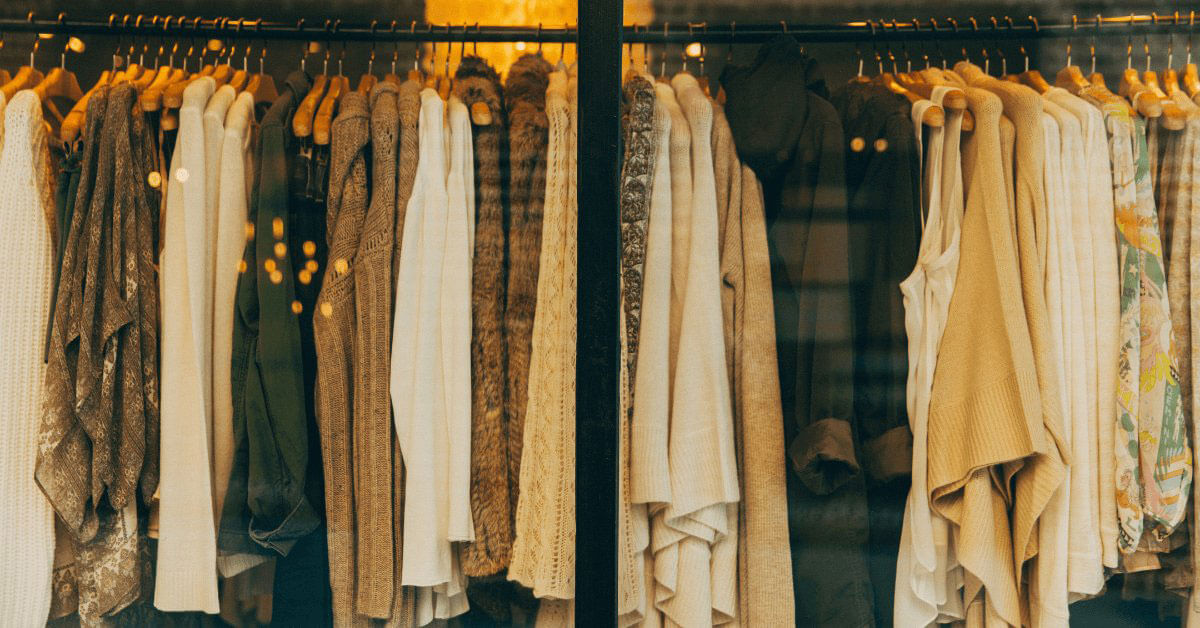
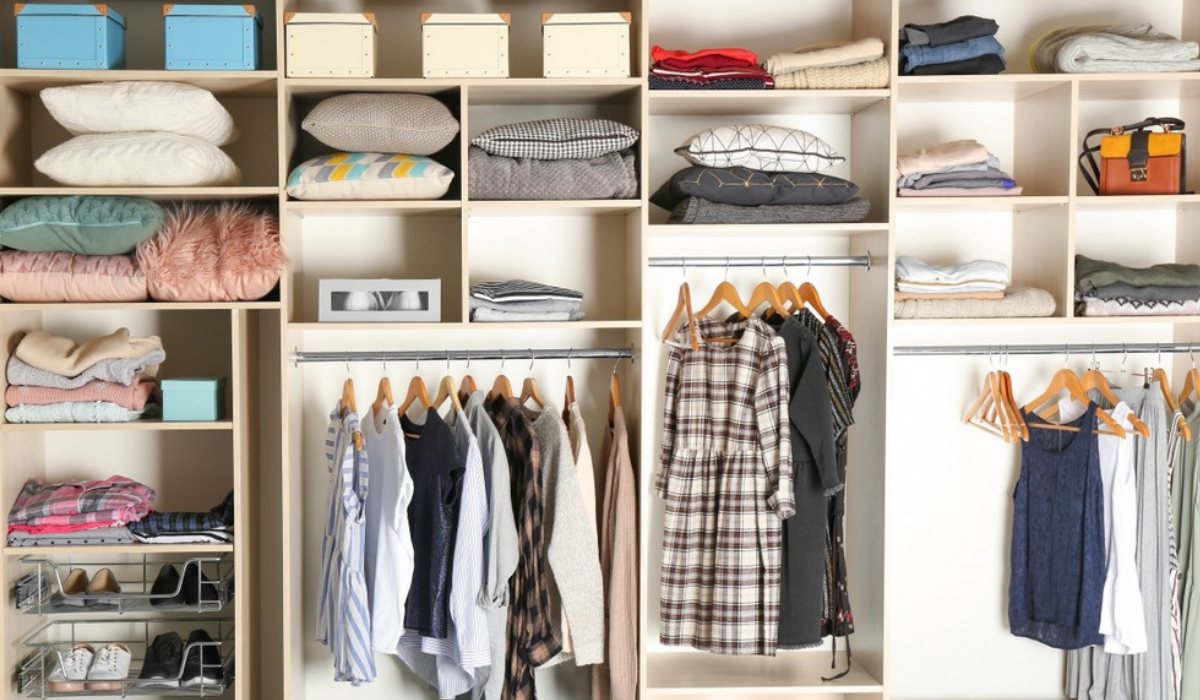
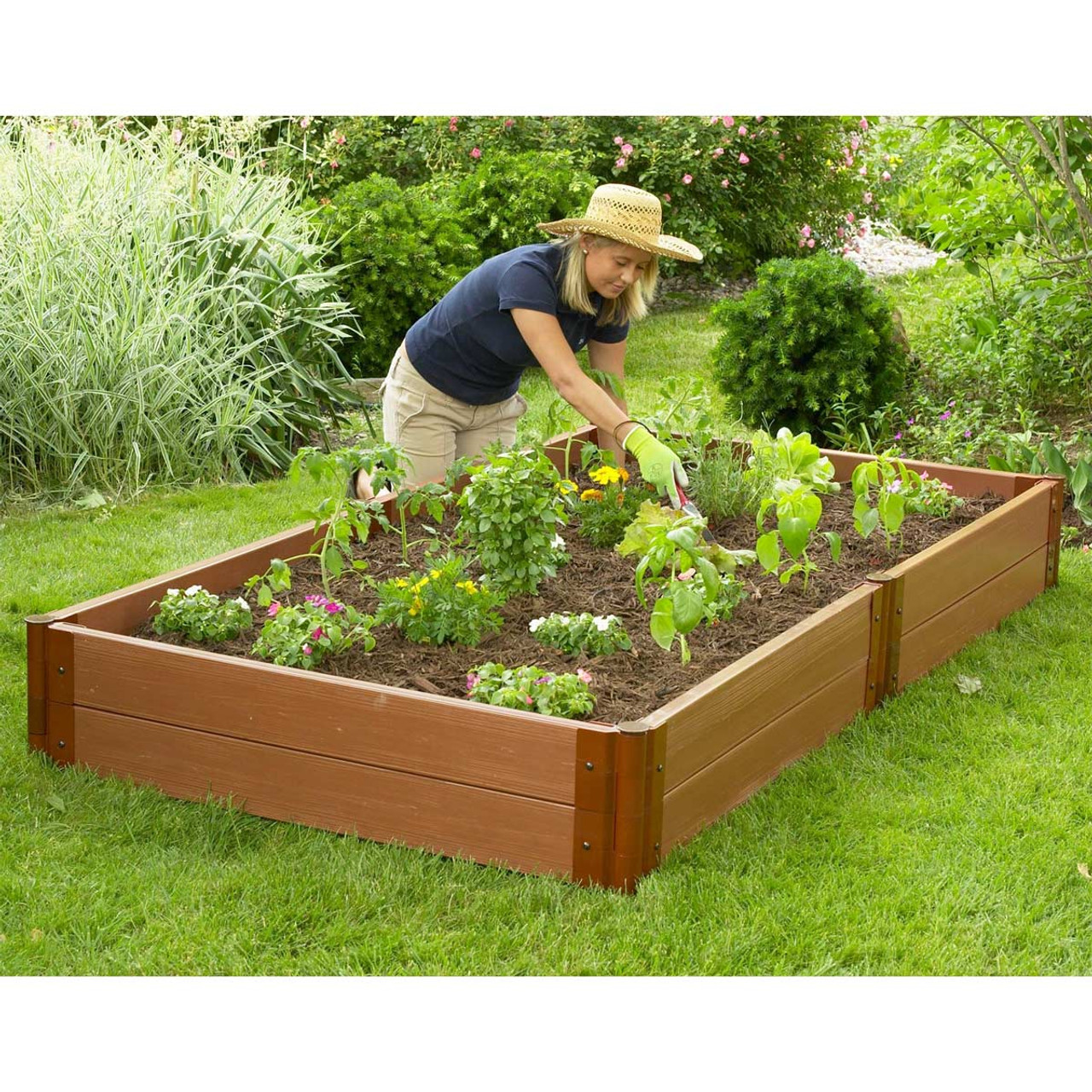
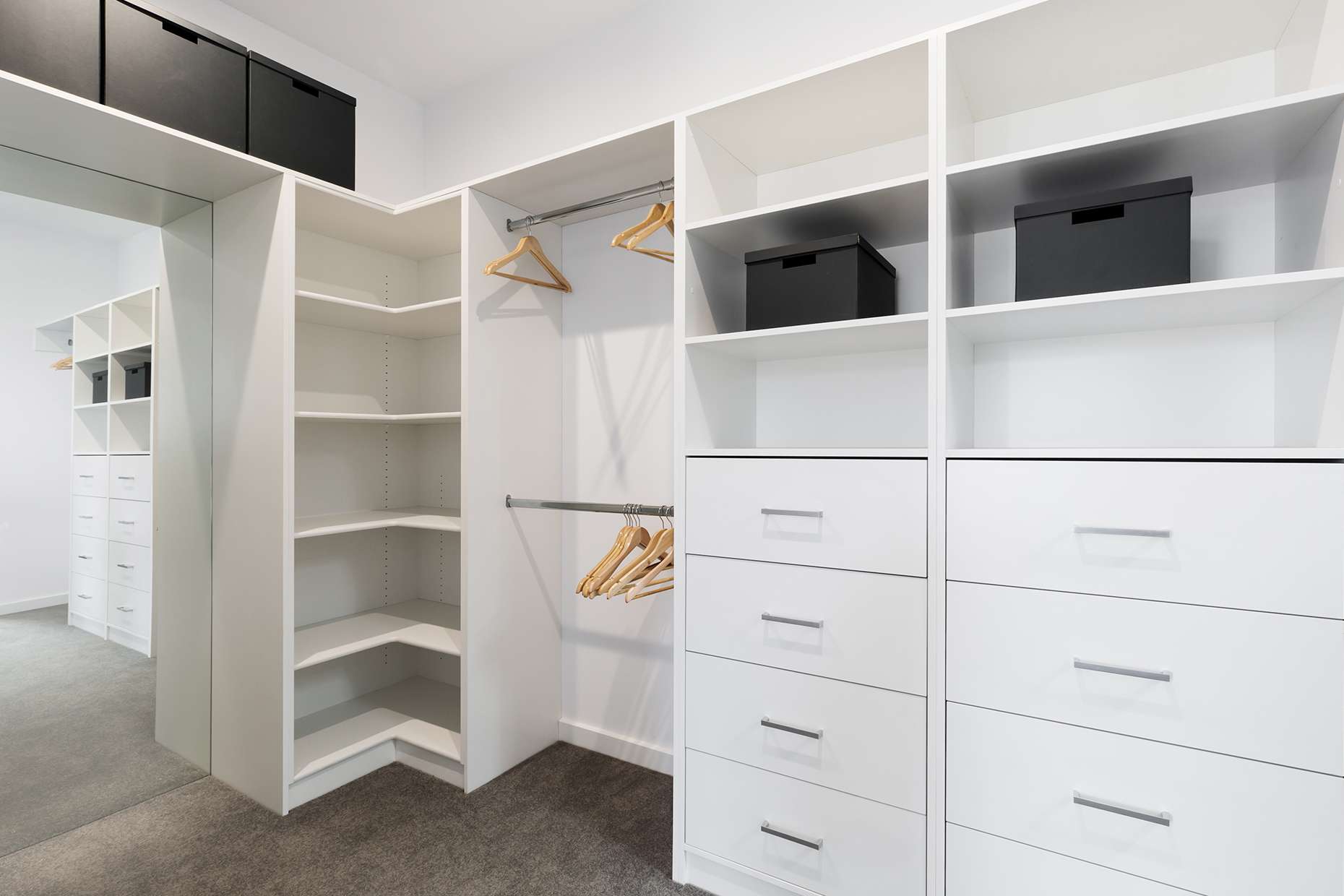
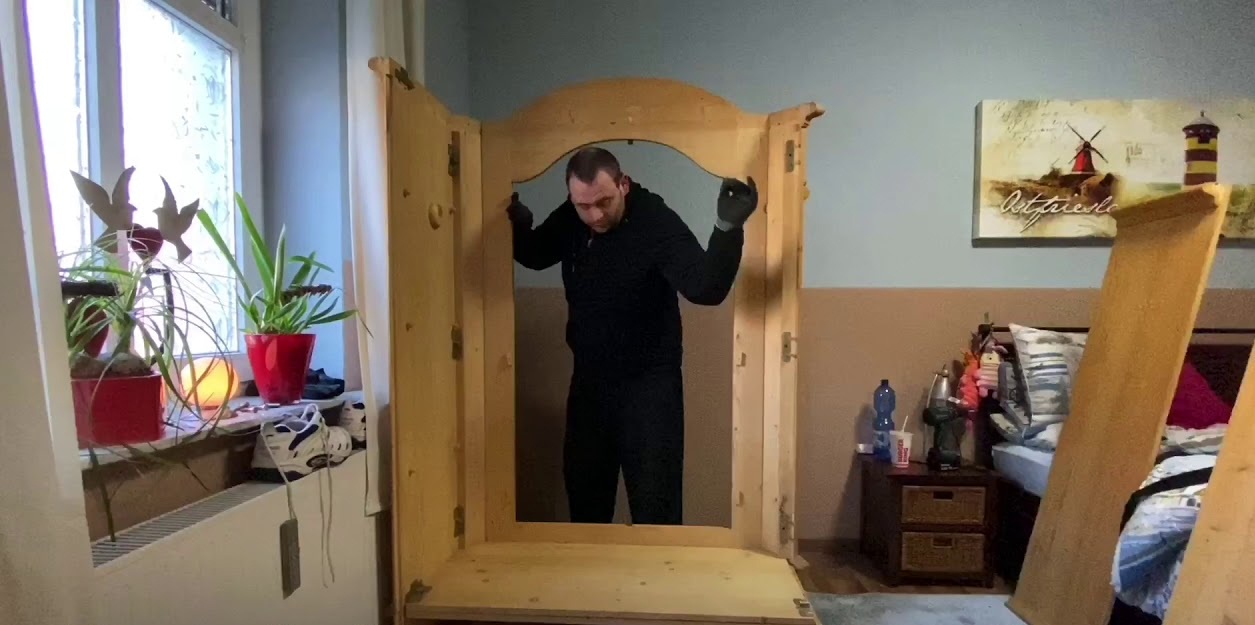
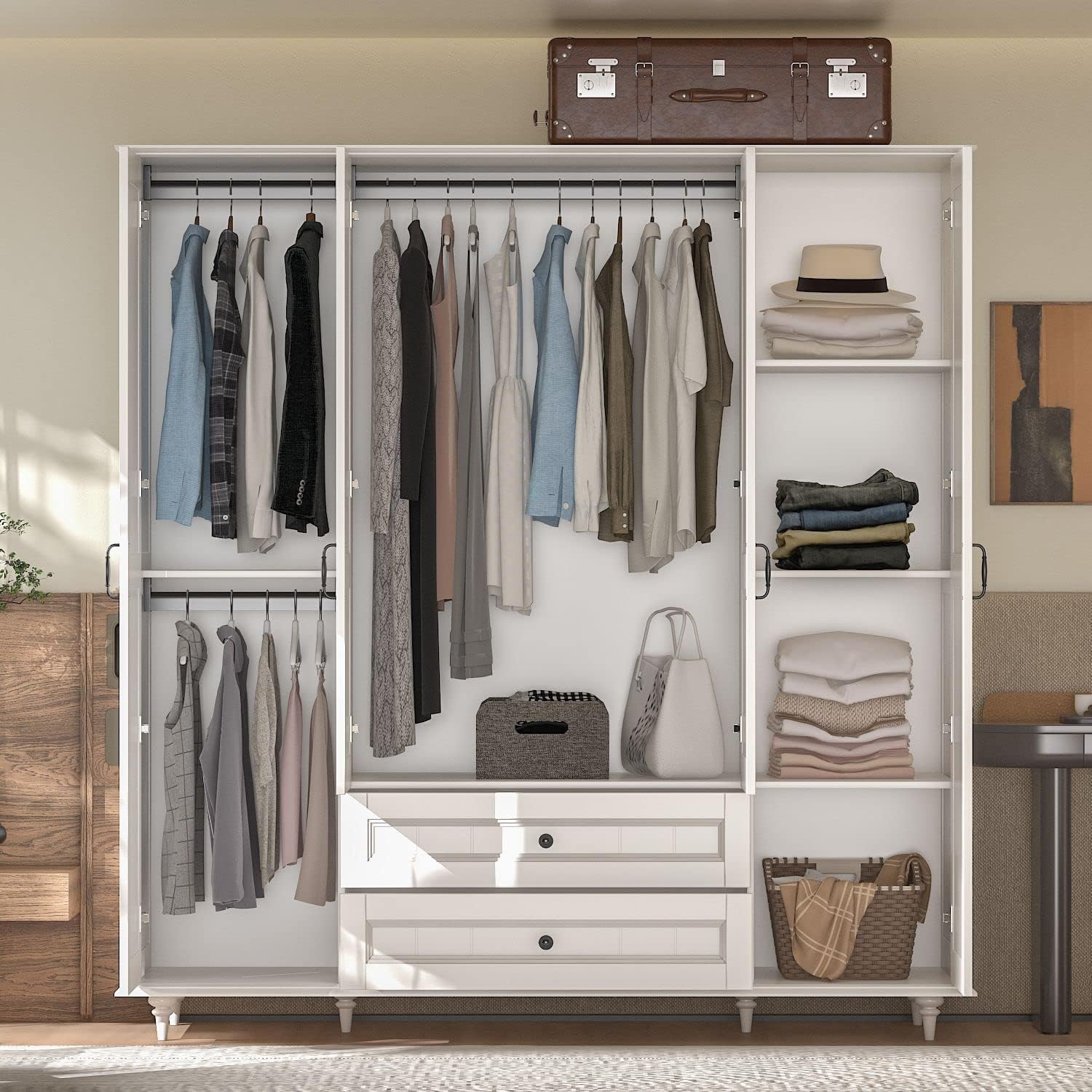

0 thoughts on “How To Create A Wardrobe”